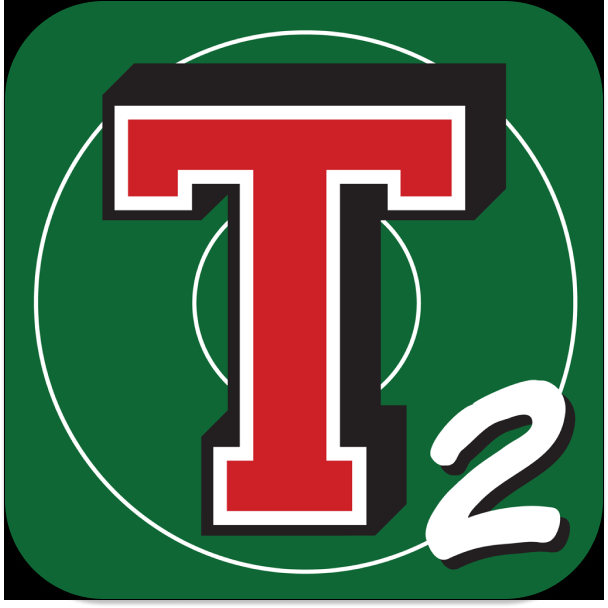Timely Updates for
Takedown Scoring and Stats Users

Emerging from the Darkness: High School Wrestling Participation 2022-2023
NFHS wrestling participation for 2022-2023. Coming out of the COVID darkness and into the light, boys rebounding to 2014-2015 levels. As expected, strong growth in girls programs with one concerning metric.


How Expensive is an NCAA Division I Wrestling All-American?
Updated look at the cost of producing a NCAA Division I wrestling All-American with reference to the March 2019 championships.

Why is it so Difficult to Score a Wrestling Match?
Why can’t coaches, managers, athletes, parents accurately score a wrestling match? Lots of reasons.
